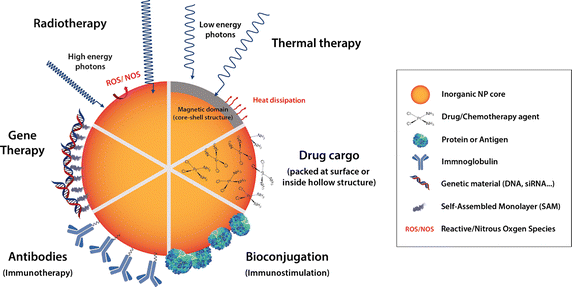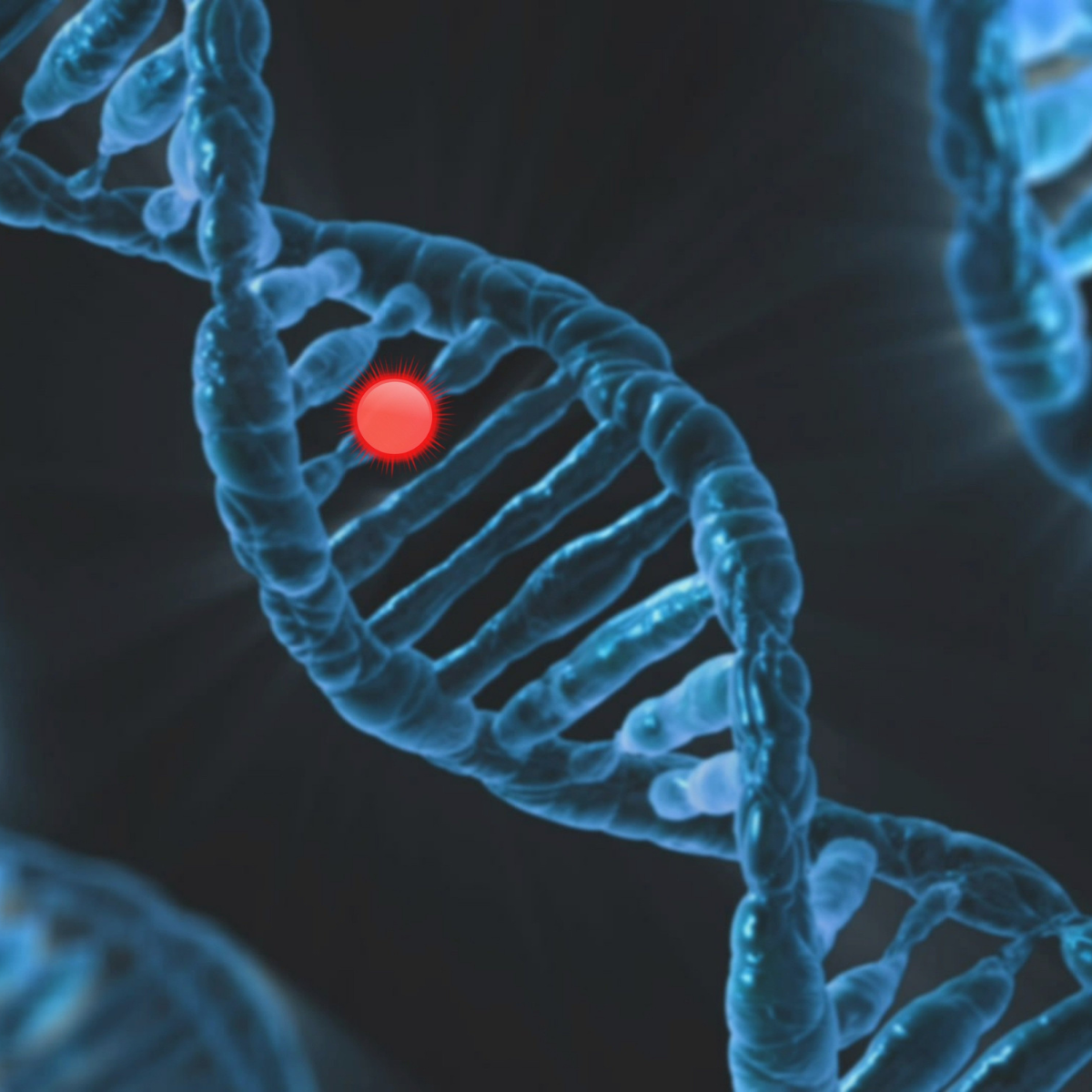Cancer is one of the leading causes of death worldwide, and its treatment continues to evolve. Over the years, several treatment options have emerged, each with its advantages and challenges. Among these, chemotherapy, radiotherapy, and immunotherapy are the most commonly used treatments for cancer patients. While they share the common goal of eradicating cancerous cells, they work in different ways and offer unique benefits and drawbacks. In this article, we will compare these three treatment modalities to help you understand their mechanisms, effectiveness, and side effects.
What Is Chemotherapy?
Chemotherapy is one of the oldest and most widely used treatments for cancer. It involves the use of powerful drugs to destroy cancer cells or stop their growth by interfering with their ability to divide and multiply. Chemotherapy drugs are typically administered orally or through intravenous (IV) injection and circulate throughout the body, targeting rapidly growing cells, including cancer cells.

How Does Chemotherapy Work?
Chemotherapy drugs target and attack rapidly dividing cells, which is a characteristic of cancer cells. However, chemotherapy can also affect healthy cells that divide quickly, such as those in the hair, digestive system, and bone marrow. This can lead to various side effects, including hair loss, nausea, and a weakened immune system.
Chemotherapy is commonly used for cancers that have spread to multiple areas of the body, including blood cancers like leukemia, lymphoma, and solid tumors such as breast, colon, and lung cancers. It is often combined with other treatments, such as surgery or radiation, to enhance its effectiveness.
Effectiveness of Chemotherapy
Chemotherapy can be highly effective in shrinking tumors, especially in cancers that are sensitive to this type of treatment. It may also be used to prevent cancer recurrence after surgery or radiation therapy. However, its success depends on several factors, including the type and stage of cancer, the patient’s overall health, and how the cancer responds to the drugs.
One of the main challenges of chemotherapy is its non-specific action. Since chemotherapy drugs cannot differentiate between healthy and cancerous cells, they can cause damage to normal tissues, resulting in side effects that affect the patient’s quality of life. These side effects can be temporary or long-lasting and may include fatigue, hair loss, anemia, and digestive issues.
What Is Radiotherapy?
Radiotherapy, also known as radiation therapy, uses high-energy radiation to destroy cancer cells or inhibit their growth. It works by damaging the DNA of the cancer cells, preventing them from multiplying and growing. Radiotherapy can be delivered externally through a machine (external beam radiation) or internally through radioactive material placed near the tumor (internal radiation or brachytherapy).
How Does Radiotherapy Work?
Radiotherapy works by targeting and damaging the DNA within cancer cells. Since cancer cells are less able to repair DNA damage compared to normal cells, they are more likely to die when exposed to radiation. Healthy cells in the radiation path can also be affected, but they usually repair themselves over time, unlike cancer cells.
Radiotherapy is most effective for localized cancers, meaning cancers that have not spread to other parts of the body. It is often used in conjunction with surgery or chemotherapy to treat a variety of cancers, including breast, prostate, and brain cancers.
Effectiveness of Radiotherapy
Radiotherapy can be highly effective in shrinking tumors and killing cancer cells. It is particularly useful for treating tumors that are located in specific areas, such as the brain, prostate, or head and neck. In some cases, it can be used to shrink tumors before surgery or to control cancer growth when surgery is not possible.
Radiotherapy can also be used as palliative treatment to relieve symptoms in patients with advanced cancer, such as pain or difficulty swallowing. However, the success of radiotherapy depends on factors like tumor size, location, and the patient’s overall health.
What Is Immunotherapy?
Immunotherapy is a relatively new treatment modality that works by boosting the body’s immune system to recognize and attack cancer cells. Unlike chemotherapy and radiotherapy, which directly target cancer cells, immunotherapy stimulates the body’s immune system to fight the disease. It is also known as biologic therapy or immune-oncology.
How Does Immunotherapy Work?
Immunotherapy works by enhancing or mimicking the natural immune response to cancer. It can be achieved through various mechanisms, such as:
- Immune checkpoint inhibitors: These drugs block proteins that prevent immune cells from attacking cancer cells. By inhibiting these checkpoints, the immune system can more effectively target cancer.
- Monoclonal antibodies: These lab-created molecules can be used to target cancer cells directly, deliver toxic substances to tumors, or enhance the immune system’s ability to recognize cancer.
- Cancer vaccines: These vaccines stimulate the immune system to recognize specific cancer-related proteins and help the body’s immune system destroy the cancer cells.
Immunotherapy has shown significant promise in treating cancers like melanoma, lung cancer, and certain types of leukemia and lymphoma. It can be used alone or in combination with other treatments to improve patient outcomes.
Effectiveness of Immunotherapy
Immunotherapy has shown impressive results in treating cancers that were previously difficult to treat. For example, immune checkpoint inhibitors have significantly improved survival rates in patients with metastatic melanoma, a cancer that was once considered incurable.
While immunotherapy has shown great promise, its effectiveness varies from patient to patient. Some patients experience complete remission, while others may have minimal or no response to treatment. Additionally, immunotherapy may cause side effects related to overactive immune responses, leading to inflammation and damage to healthy tissues.
Comparing the Three Treatment Modalities
When comparing chemotherapy, radiotherapy, and immunotherapy, it’s important to consider the specific needs of the patient, the type of cancer, and the stage of the disease. Each treatment modality has its advantages and limitations.

Chemotherapy vs. Radiotherapy
Chemotherapy and radiotherapy both aim to destroy cancer cells, but they differ in their approach. Chemotherapy is systemic, meaning it can target cancer cells throughout the entire body. This makes it suitable for cancers that have spread to multiple locations, such as leukemia or metastatic breast cancer. However, chemotherapy can also affect healthy cells, leading to side effects like fatigue, hair loss, and nausea.
On the other hand, radiotherapy is typically localized, meaning it targets specific areas where the tumor is located. It is more effective for cancers that are confined to one area, such as prostate cancer or head and neck cancers. Radiotherapy generally causes fewer systemic side effects compared to chemotherapy but can lead to skin irritation, fatigue, and other localized effects.
Chemotherapy vs. Immunotherapy
Chemotherapy is a more traditional treatment that uses drugs to kill rapidly dividing cells, including cancer cells. It is often used in conjunction with other therapies and can be highly effective for treating a wide range of cancers. However, it can cause significant side effects due to its non-selective action.
Immunotherapy, on the other hand, is a newer treatment approach that enhances the body’s immune response to cancer. While it has shown impressive results in treating certain types of cancer, it is not effective for all patients. Immunotherapy can also cause immune-related side effects, including inflammation and damage to healthy tissues.
Radiotherapy vs. Immunotherapy
Radiotherapy and immunotherapy are both powerful tools in the fight against cancer, but they work in very different ways. Radiotherapy is focused on directly targeting and damaging cancer cells, while immunotherapy stimulates the immune system to fight cancer. Radiotherapy is often used for localized tumors, while immunotherapy can be used for cancers that have spread to multiple areas of the body.
While radiotherapy is typically associated with fewer systemic side effects, immunotherapy has the potential to provide long-lasting effects and even complete remission in some patients. The decision to use one treatment over the other depends on factors such as the type of cancer, the location of the tumor, and the patient’s overall health.
Conclusion
Chemotherapy, radiotherapy, and immunotherapy are all essential components of modern cancer treatment. Each treatment has its unique approach, effectiveness, and side effect profile. While chemotherapy and radiotherapy have been the backbone of cancer treatment for many years, immunotherapy offers a promising new avenue for fighting cancer, especially for cancers that are resistant to traditional treatments.
Ultimately, the choice of treatment depends on various factors, including the type and stage of cancer, the patient’s overall health, and how the cancer responds to specific therapies. By understanding the strengths and limitations of each treatment, patients and healthcare providers can work together to determine the best course of action for managing cancer. As research continues, the future of cancer treatment looks brighter than ever.

Leave a Reply